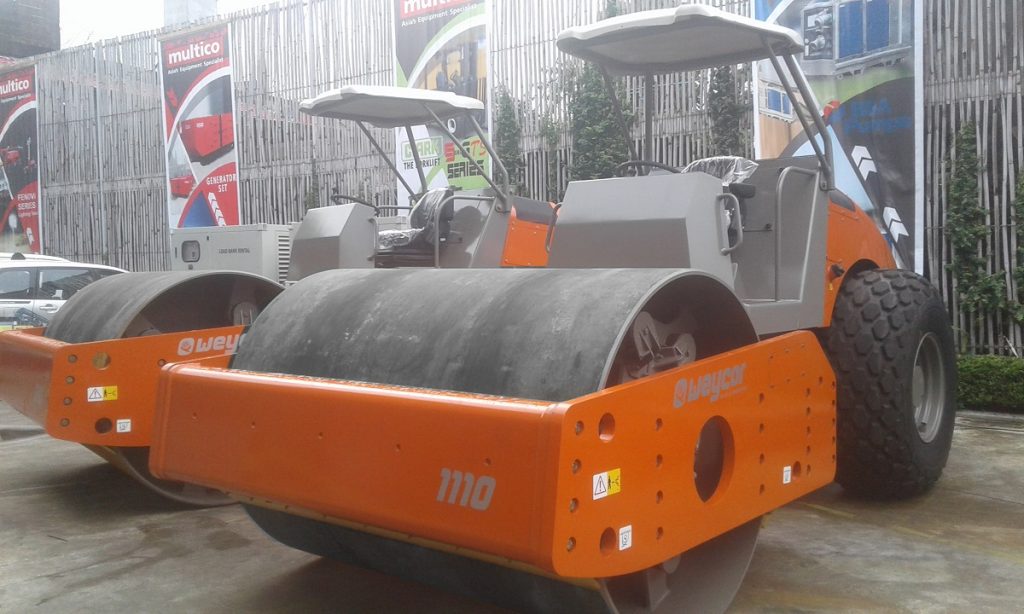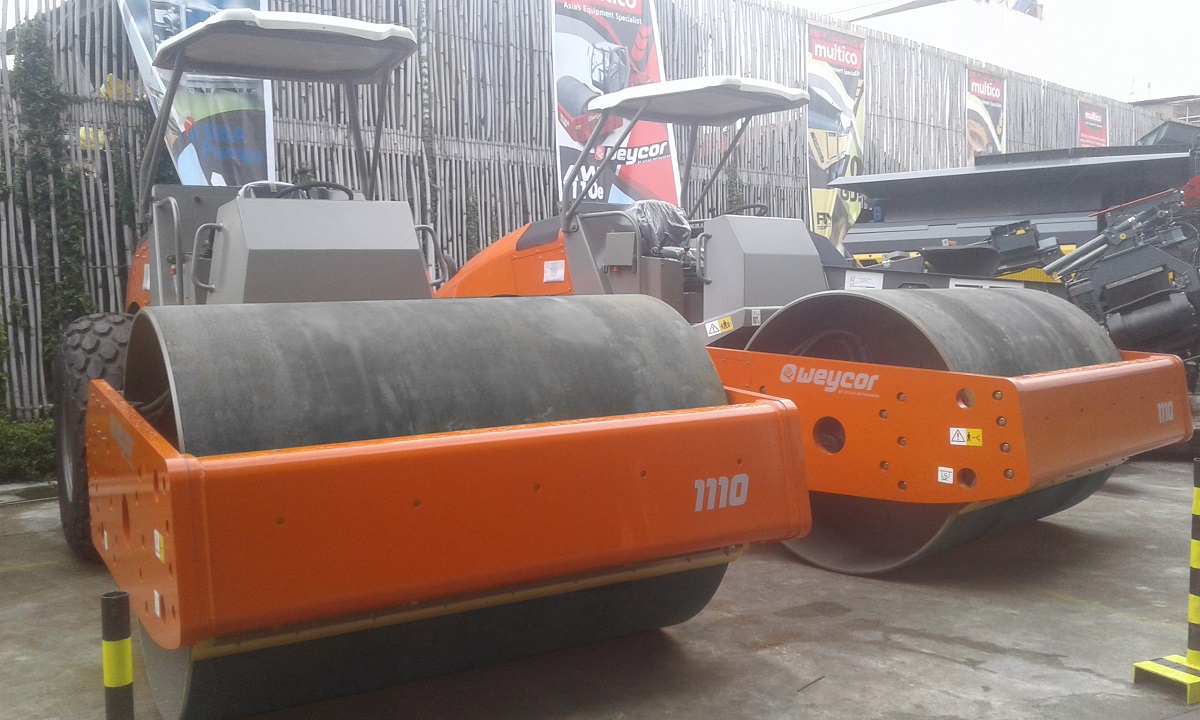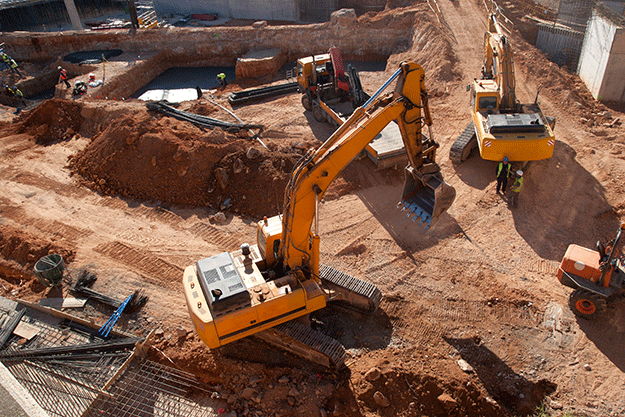What Materials Are Used for Road Construction?

What Materials Are Used for Road Construction?
September 17, 2019
What are the materials used in road construction?
- Asphalt
- Concrete
- Composite pavement
- Recycled Materials
While on a road trip or on the way to work, have you ever wondered what materials were used to construct the road you are on? It’s important to know the materials that go into constructing roads, especially if you are in the construction business. You might have your road roller or paving machine at the ready but without proper knowledge on road materials and surfaces, your construction project might not be a success.
However, there is no need to panic because here is what you need to know about the materials used for road construction.
Asphalt

First on the list is Asphalt. This material is petroleum in a viscous liquid or semi-solid form. When it is used for pavements and road construction it comes in the form of a composite material, asphalt concrete. Asphalt concrete is about 70% asphalt and 30% aggregate particles.
Asphalt is one of the most commonly used materials for road construction for a number of reasons. The first reason is that it is 100% recyclable. Most construction companies make it a point to recycle all asphalt gathered from a job site. Not only is that good for the environment, but it also makes for stronger roads. Recycled asphalt mixes are stronger, longer-lasting, and have a stronger rut resistance than fresh asphalt mixes. Asphalt is also cost-efficient, good for road noise-reduction and the materials needed to create it are highly accessible. When it comes to pavements and roads, asphalt is a go-to.
Concrete
Concrete is another mainstay of road construction and construction as a whole. The reason for that is its flexibility and ease of construction. Made from cement, coarse aggregate (like gravel), fine aggregate (like sand), and water. These materials make up 60-75% of concrete, while the rest is made up of chemical admixtures.
Concrete can be shaped and/or molded to just about any shape. The idea behind using concrete is its incredible durability that can reliably maintain the structural integrity of buildings and other constructs through years of wear and tear. In terms of road construction, it is used primarily because of its small maintenance cost together with the elongation of the service life of the structure. Concrete also makes construction cost less because you can use it to increase the bearing capacity of already-made pavement layers. For example, it is used to repair asphalt surfaces to extend its lifetime and bearing capacity.
Composite Pavement

Meanwhile, composite pavements are all about bringing the best aspects of asphalt and concrete together to form a ‘super’ pavement. Typically, concrete is used as the base layer which provides structural capacity while asphalt is used for the surface layer which provides a wearing surface course.
Composite pavements, when compared to the more traditional flexible and rigid pavements, have the potential to become a more cost-effective alternative because they may provide better levels of performance and longevity, both structurally and functionally. Maintenance operations also tend to be more cost-effective. All of this makes composite pavements a viable option for high traffic roads that are exposed to the elements.
The downsides of using asphalt and concrete individually like fatigue cracking, subgrade rutting, and erosion are also mitigated. However, that doesn’t mean that composite pavements are an end-all solution to potential problems because they are also more prone to distresses like reflective cracking and rutting in the surface layer. It can take costly mitigation techniques or a premium asphalt surface to help with these potential problems, so weigh your options wisely.
Recycled Materials
For the more environmentally conscious construction projects, using recycled materials is also an option. While asphalt is usually recycled, the materials being talked about in this section are the secondary and tertiary kind of waste materials and by-products which include, but are not limited to recycled concrete aggregates, plastic wastes, scrap tires, mine wastes, foundry sand, recycled crushed class, and various forms of coal combustion products.
While it is not uncommon for these materials to be used in road construction, there are still concerns and knowledge gaps that require intensive research and assessment in order to build better roads while preserving natural resources. Some of these issues involve long-term performance and structural integrity when exposed to the elements and high volume. Overall, it might still be worth it for small scale roads and pavements.
Key Takeaway
There are many materials available for road construction, and knowing them is important because different materials mean different characteristics. In certain asphalt is a more ideal option than concrete and vice-versa. Other times, a composite or recycled pavement might be needed for your construction plans. Once you have made a proper evaluation of your resources and what is needed for the job, that can be your go-signal to get your road roller and other equipment ready for some road construction.
Author’s Note: This entry was optimized by the best SEO Services Agency in the Philippines – SEO Hacker.


